在宅介護を受けていたり、施設入所中であったりする高齢者に対してどの程度血圧をコントロールするのがよいのかはあまりはっきりしていません。ガイドラインをそのままあてはめるような臨床はあまり適切ではないのかなとも思います。しらべものをしていて、施設入所者(高齢者)の降圧に関する文献をみつけたのでそれを今日はのせたいと思います。あまり単体の文献を紹介することは少ないのですが、個人的にはそれなりにインパクトがあったので・・・。
Treatment With Multiple Blood Pressure Medications, Achieved Blood Pressure, and Mortality in Older Nursing Home Residents: The PARTAGE Study.
Abstract
IMPORTANCE:
Clinical evidence supports the beneficial effects of lowering blood pressure (BP) levels in community-living, robust, hypertensive individuals older than 80 years. However, observational studies in frail elderly patients have shown no or even an inverse relationship between BP and morbidity and mortality.
OBJECTIVE:
To assess all-cause mortality in institutionalized individuals older than 80 years according to systolic BP (SBP) levels and number of antihypertensive drugs.
DESIGN, SETTING, AND PARTICIPANTS:
This longitudinal study included elderly residents of nursing homes. The interaction between low (<130 mm Hg) SBP and the presence of combination antihypertensive treatment on 2-year all-cause mortality was analyzed. A total of 1127 women and men older than 80 years (mean, 87.6 years; 78.1% women) living in nursing homes in France and Italy were recruited, examined, and monitored for 2 years. Blood pressure was measured with assisted self-measurements in the nursing home during 3 consecutive days (mean, 18 measurements). Patients with an SBP less than 130 mm Hg who were receiving combination antihypertensive treatment were compared with all other participants.
MAIN OUTCOMES AND MEASURES:
All-cause mortality over a 2-year follow-up period.
RESULTS:
A significant interaction was found between low SBP and treatment with 2 or more BP-lowering agents, resulting in a higher risk of mortality (unadjusted hazard ratio [HR], 1.81; 95% CI, 1.36-2.41); adjusted HR, 1.78; 95% CI, 1.34-2.37; both P < .001) in patients with low SBP who were receiving multiple BP medicines compared with the other participants. Three sensitivity analyses confirmed the significant excess of risk: propensity score-matched subsets (unadjusted HR, 1.97; 95% CI, 1.32-2.93; P < .001; adjusted HR, 2.05; 95% CI, 1.37-3.06; P < .001), adjustment for cardiovascular comorbidities (HR, 1.73; 95% CI, 1.29-2.32; P < .001), and exclusion of patients without a history of hypertension who were receiving BP-lowering agents (unadjusted HR, 1.82; 95% CI, 1.33-2.48; P < .001; adjusted HR, 1.76; 95% CI, 1.28-2.41; P < .001).
CONCLUSIONS AND RELEVANCE:
The findings of this study raise a cautionary note regarding the safety of using combination antihypertensive therapy in frail elderly patients with low SBP (<130 mm Hg). Dedicated, controlled interventional studies are warranted to assess the corresponding benefit to risk ratio in this growing population.
連続して3日間の血圧を測定し、収縮期血圧が130 mmHg未満かどうか、降圧薬を2種類以上服用しているかどうかで分類。2年後までフォローして、死亡をアウトカムとしています。
SBP<130かつ降圧薬を2種類以上服用しているのが227人(20.1%)であり、その他が900人(79.9%)であり、この2群での比較をおこなっています。
250人(22%)が死亡
SBP<130かつ降圧薬を2種類以上服用群が、有意に死亡と関連していた(HR 1.78; 1.34-2.37)。
感度分析も行っており、propensity-score matched(患者の背景因子を調整)、心血管合併症の有無での調整、過去の高血圧既往がない患者を除いた解析においても同様の傾向であった。











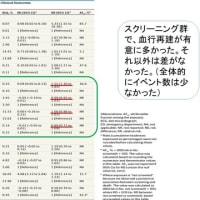
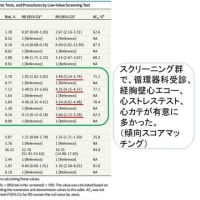
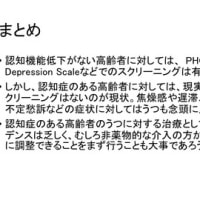
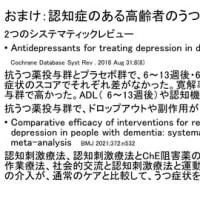
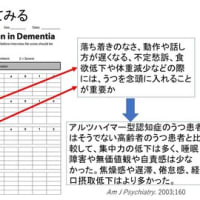
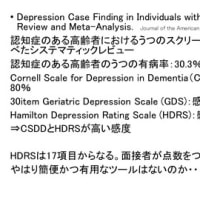
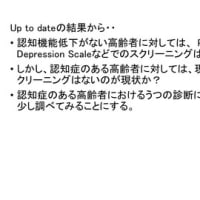
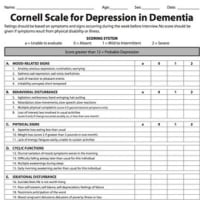
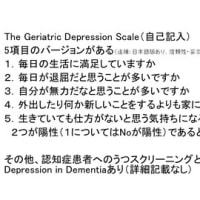
※コメント投稿者のブログIDはブログ作成者のみに通知されます